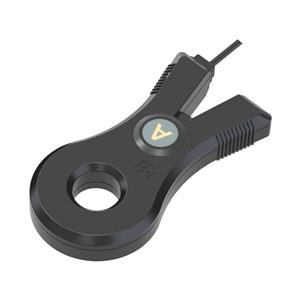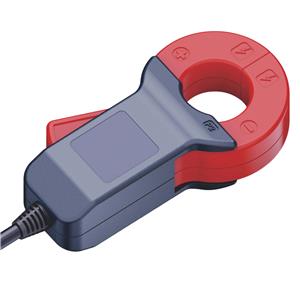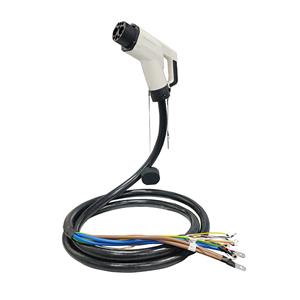-
1705-2025
Next-Gen Magnetic Latching Relays Revolutionize Power Grid Management
The SH1618-120-12DT2 and SH615-60-12DT2 magnetic latching relays are setting new benchmarks in energy infrastructure. These bistable relays require zero holding power - a critical feature enabling 15% energy savings in smart grid applications compared to traditional relays. Their 120A/60A switching capacities make them ideal for smart meter installations and renewable energy systems where low standby consumption is mandated by IEC 62053-21 standards.
-
0104-2025
Hybrid Latching Relays for Automotive and Aerospace Applications
The automotive and aerospace sectors demand relays that combine mechanical reliability with solid-state precision. Hybrid latching relays now integrate magnetic latching mechanisms with solid-state switches, offering the benefits of zero contact wear (from solid-state components) and fail-safe latching (from traditional designs).
-
2603-2025
Ultra-High-Speed Latching Relays for IoT and 5G Networks
As 5G networks and IoT ecosystems expand, latching relays are evolving to meet stringent speed and signal integrity demands. Engineers now leverage micro-electromechanical systems (MEMS) and GaN-based drivers to achieve switching speeds under 1 millisecond—10x faster than traditional relays.
-
3103-2025
Next-Gen Latching Relays with Energy-Efficient Magnetic Cores
The latest advancements in latching relay technology focus on enhancing energy efficiency and durability through innovative magnetic core materials. Traditional relays rely on ferrite or alnico cores, but modern designs now integrate advanced composite materials like nanocrystalline alloys or amorphous metals.
-
1512-2024
Decoding the Comprehensive Structure of the 100A Magnetic Latching Relay with Shunt Technology
The intricate design of the 100A Magnetic Latching Relay equipped with shunt technology is a testament to its engineering prowess. At its core, the product is composed of several essential components that harmoniously work together to deliver exceptional performance.
-
1412-2024
Unmatched Characteristics of 100A Magnetic Latching Relay with Shunt Technology
The 100A Magnetic Latching Relay distinguished by its shunt feature possesses a unique set of attributes that set it apart in the electronics landscape. Firstly, its robust design allows it to handle massive current capacities, making it ideal for demanding applications where reliability and durability are paramount.
-
1212-2024
The Widespread Applications of 100A Magnetic Latching Relay with Shunt Technology
The 100A Magnetic Latching Relay equipped with a shunt mechanism stands as a versatile component in the realm of industrial automation and control systems. This advanced relay offers high current handling capabilities, enabling it to find significance in numerous industries.
-
1910-2024
Magnetic Latching Relay (MLR) with Current Transformers: A Technological Solution for Enhanced Electrical Systems
Magnetic latching relays (MLRs) integrated with current transformers (CTs) are emerging as powerful tools in modern electrical engineering. These devices combine the advantages of MLRs' unique latching mechanism with CTs' ability to measure high currents accurately.
-
1810-2024
Unleashing the Potential of Relay Manufacturers: Innovations and Technologies at the Core
In the realm of electrical engineering, relay manufacturers play a pivotal role in enabling efficient signal control and protection systems. As technology advances, these companies constantly strive to push the boundaries of their products.
-
2608-2024
Application Areas of 100A Magnetic Latching Relay with Shunt
The 100A Magnetic Latching Relay with shunt has diverse application fields due to its outstanding features and capabilities.




